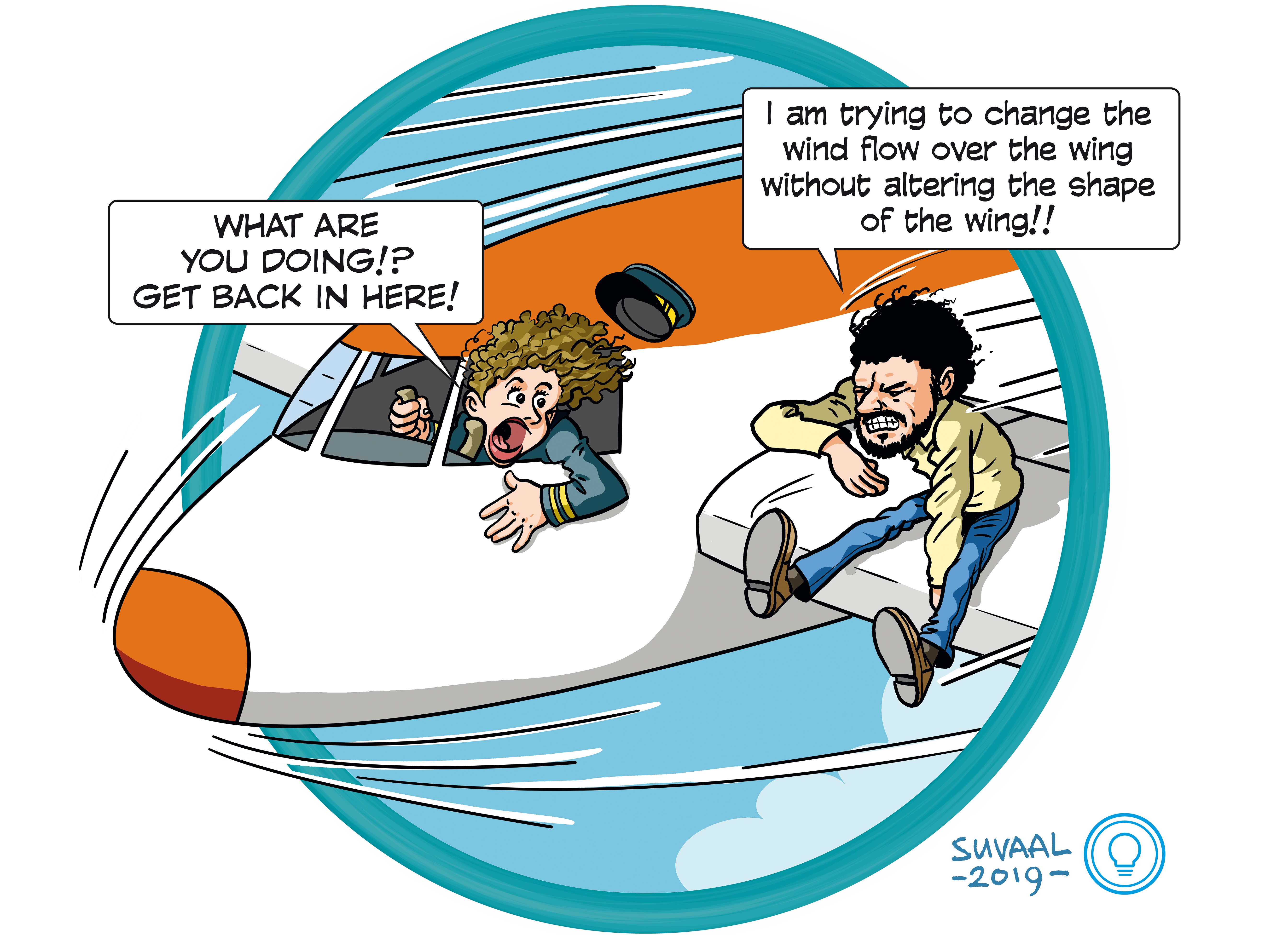Spatio-temporal measurement and plasma-based control of crossflow
Themes: Aerospace, Energy


A TRL is a measure to indicate the matureness of a developing technology. When an innovative idea is discovered it is often not directly suitable for application. Usually such novel idea is subjected to further experimentation, testing and prototyping before it can be implemented. The image below shows how to read TRL’s to categorise the innovative ideas.
Summary of the project
Improving the efficiency of airplanes can reduce emissions and fuel consumption. One under-studied area is the development of crossflow instabilities, which are the main cause of laminar-turbulent transition, in itself responsible for 40% of the drag of an airplane. Crossflow is a stream of air within the boundary layer – a 1 cm thin layer of air from the wing surface. Within this layer the air can flow smoothly, which is called laminar flow or chaotic, which is called turbulent flow. The latter is formed when instabilities in the airflow start to occur when flying at high speed. The researcher aims to understand how these instabilities lead to turbulence and subsequently looking into what kind of active approach can be designed to control the creation of cross flow instabilities without physically changing the shape of the wing, hence reducing drag.
The project starts with measuring the crossflow instabilities using a new technique called tomographic Particle Image Velocimetry as little is known on how these instabilities are formed. Subsequently plasma actuators - a device that can control airflow - will be used to control the air flow over the wing attempting to reduce the cross flow instabilities.
What's next?
The next step for the researcher is for the aerospace industry to adapt active flow control.
Dr. Marios Kotsonis
Additional information
<link en ae news spotlight using-plasma-forces-to-improve-airplane-fuel-efficiency>Using plasma forces to improve airplane fuel efficiency
